Search
Remove Ads
Advertisement
Summary 
Loading AI-generated summary based on World History Encyclopedia articles ...
Search Results
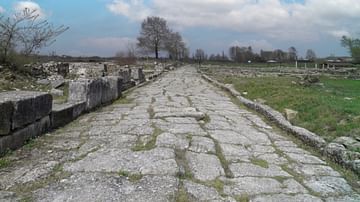
Article
Visitor's Guide to Ancient Dion
Dion is located at the foot of Mount Olympus in the north of Greece, in what would have been ancient Macedon. It takes its name from the most important Macedonian sanctuary dedicated to Zeus ("Dios” meaning "of Zeus”). Legend claims this...
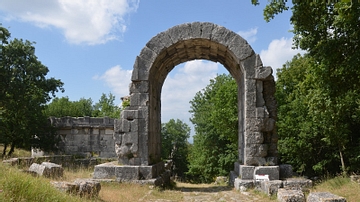
Article
Visitor’s Guide to Carsulae (San Damiano)
Carsulae in Umbria, central Italy, was founded c. 300 BCE and only became a prosperous urban centre after it was connected by the Via Flaminia towards the end of the 3rd century BCE. It was granted the status of municipium and acquired a...
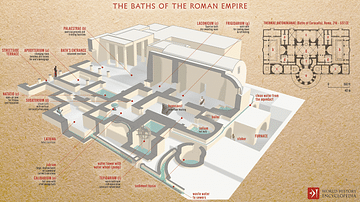
Definition
Roman Baths
Roman baths were designed for bathing and relaxing and were a common feature of cities throughout the Roman empire. Baths included a wide diversity of rooms with different temperatures, as well as swimming pools and places to read, relax...
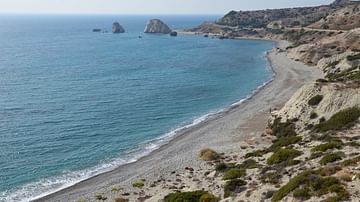
Article
Ancient Cyprus: A Travel Guide
Lying at the crossroads of the eastern Mediterranean, the island of Cyprus has long been a meeting point for many of the world's great civilizations. Situated where Europe, Asia and Africa meet, its location shaped its history of bringing...
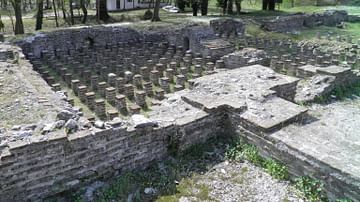
Image
Great Thermal Baths of Dion, Greece
The Great Thermal Baths were the largest and most lavish baths built in Roman Dion in Macedonia (Greece). They were built in the late 2nd century CE and abutted the southern city wall. The extensive underfloor hypocaust heating system and...
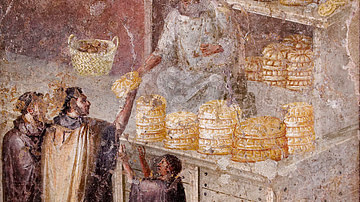
Quiz
Daily Life in Ancient Rome
Daily life ancient Rome villa insula domus atrium compluvium cubiculum culina impluvium lararium peristylium posticum tablinum taberna triclinium vestibulum paterfamilias materfamilias Circus Maximus factions amphitheater Colosseum baths...
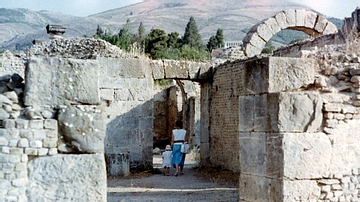
Image
Cuicul Thermae
Built in 183 AD in Djemila (Roman Cuicul) during the reign of the Emperor Commodus, these thermae known as the Baths of Caracalla cover an area of 2600 m2. Different rooms: lockers (apodyterium); gym; dry oven (laconicum); humid chamber...
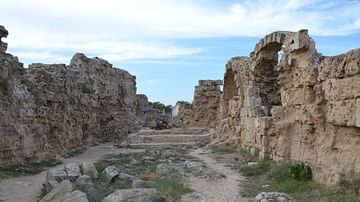
Image
Bath Complex of Salamis, Cyprus
The bath complex of Salamis had a sweating-room, marble-lined pools, cold and hot rooms and an exposed hypocaust (underfloor heating system). The building was decorated with stunning mythological-themed mosaics and frescoes.
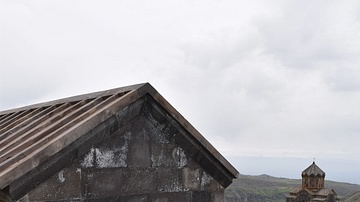
Image
Ruined Bathhouse and Vahramashen Church
Near Amberd Fortress are the ruins of bathhouses, which were popular among Armenia's elite in the Middle Ages. This bath, which is located near Vahramashen Church, was likely built in the 10th-11th centuries CE. Like other baths in medieval...

Image
Heated Flooring, Roman Baths at Glanum
A portion of the brick underfloor system (hypocaust) which allowed the rooms of the Roman baths to be heated at Glanum, southern France. 1st century BCE to 1st century CE.